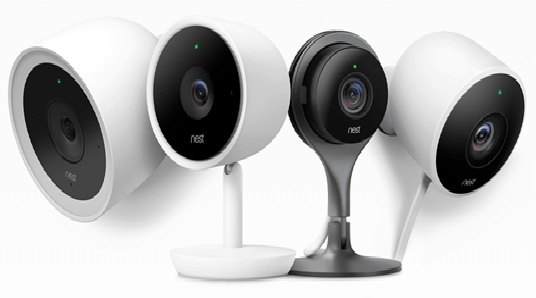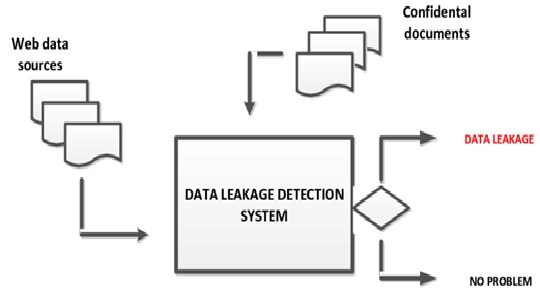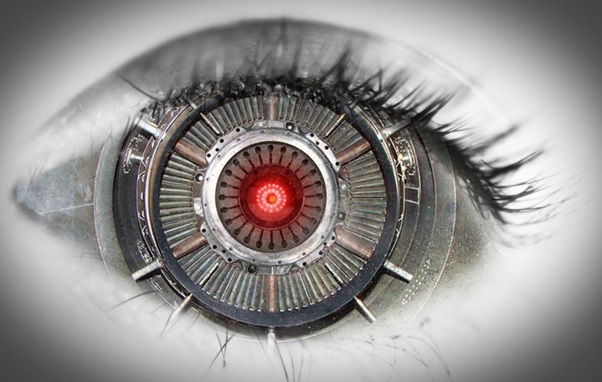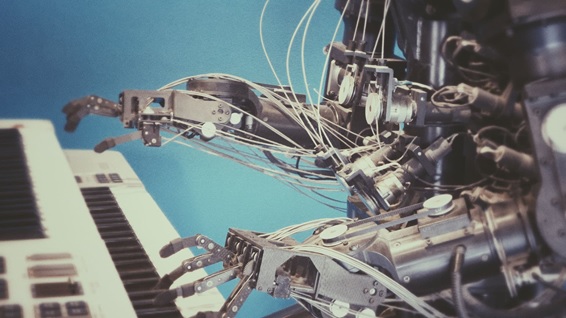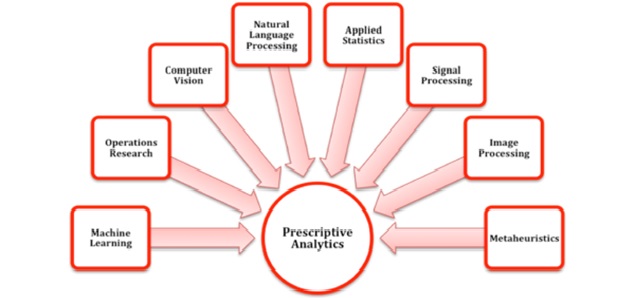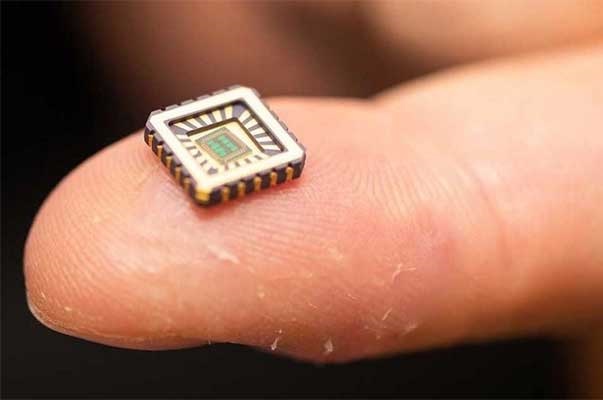AI Shopping System
Thanusri swetha J
October 20, 2021 | 1:45 PM Technology
An AI shopping system is a technology-driven solution that uses artificial intelligence (AI) to enhance the online or in-store shopping experience for both consumers and retailers. These systems combine data analytics, machine learning, natural language processing (NLP), and computer vision to make shopping more personalized, efficient, and intelligent.

Figure 1. Smart AI-Powered Shopping Experience.
Personalized Recommendations
- AI analyzes customer behavior, past purchases, and browsing history to suggest products tailored to individual preferences. Figure 1 shows Smart AI-Powered Shopping Experience.
- Example: Amazon and Netflix recommending items or shows you might like.
Visual Search & Recognition
- Customers can upload an image to find visually similar products using AI-driven image recognition.
- Example: Using a photo of a dress to find where it can be bought.
Virtual Assistants & Chatbots
- AI chatbots help users with product queries, order tracking, and return requests through conversational interfaces.
- Example: An AI assistant helping you find the right shoe size or comparing two phones.
Voice Commerce
- Voice-enabled shopping through smart assistants like Alexa, Siri, or Google Assistant.
- Example: "Alexa, order paper towels."
Smart Inventory Management
- AI forecasts product demand, manages stock levels, and suggests restocking schedules.
- Helps retailers reduce waste and ensure products are always available.
Price Optimization
- AI analyzes market trends, competitor pricing, and customer behavior to dynamically adjust prices.
- Goal: Maximize profits while staying competitive.
Customer Sentiment Analysis
- AI examines customer reviews, feedback, and social media mentions to assess brand sentiment.
- Retailers use this to improve products and customer service.
Augmented Reality (AR) & Virtual Try-Ons
- AI-powered AR allows customers to try products virtually (e.g., clothes, glasses, furniture).
- Example: IKEA’s AR app lets you see how a couch would look in your room.
How It Works (Simplified)
- Data Collection – From user behavior, purchases, clicks, and social media.
- AI Training – Machine learning models analyze this data to detect patterns.
- Real-Time Processing – AI uses these patterns to make instant decisions (like showing a product ad).
- User Interaction – AI delivers a personalized shopping experience through apps, websites, or voice.
Reference:
- https://iopscience.iop.org/article/10.1088/1757-899X/1080/1/012011
Cite this article:
Thanusri swetha J (2021), AI Shopping System, AnaTechMaz, pp. 33
Previous Post AI in Cloud Computing
Next Post An Overview of Artificial Eye






